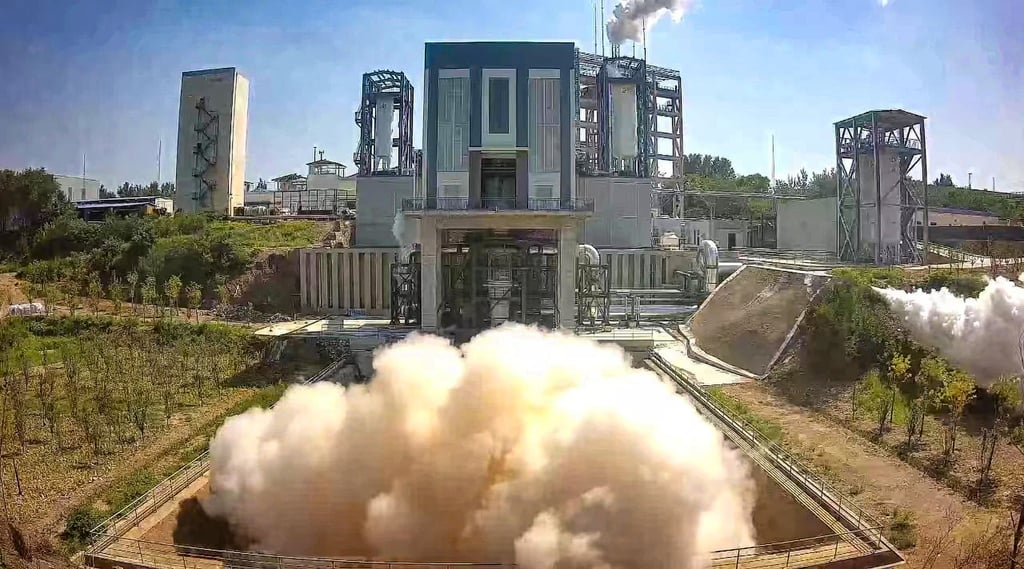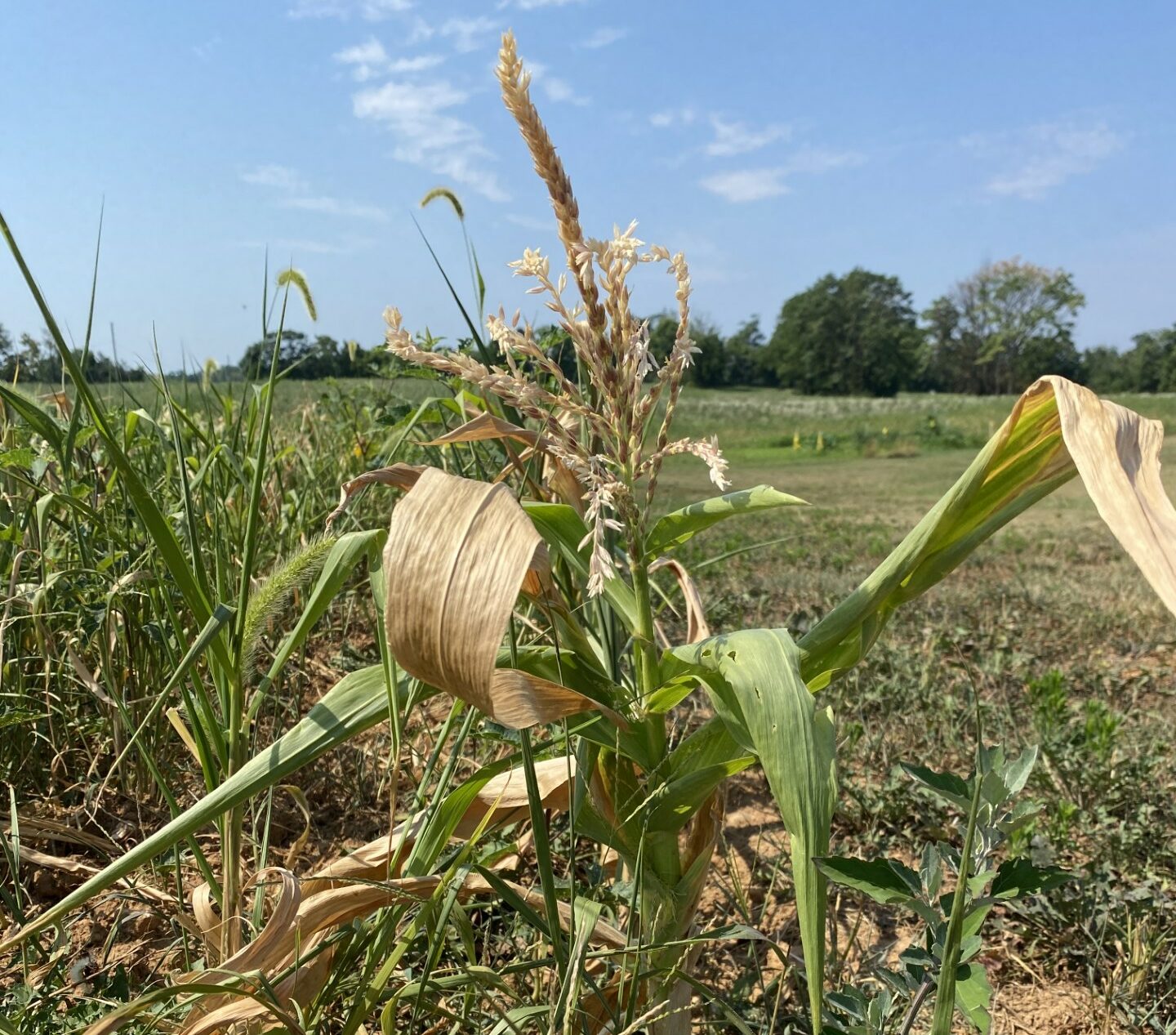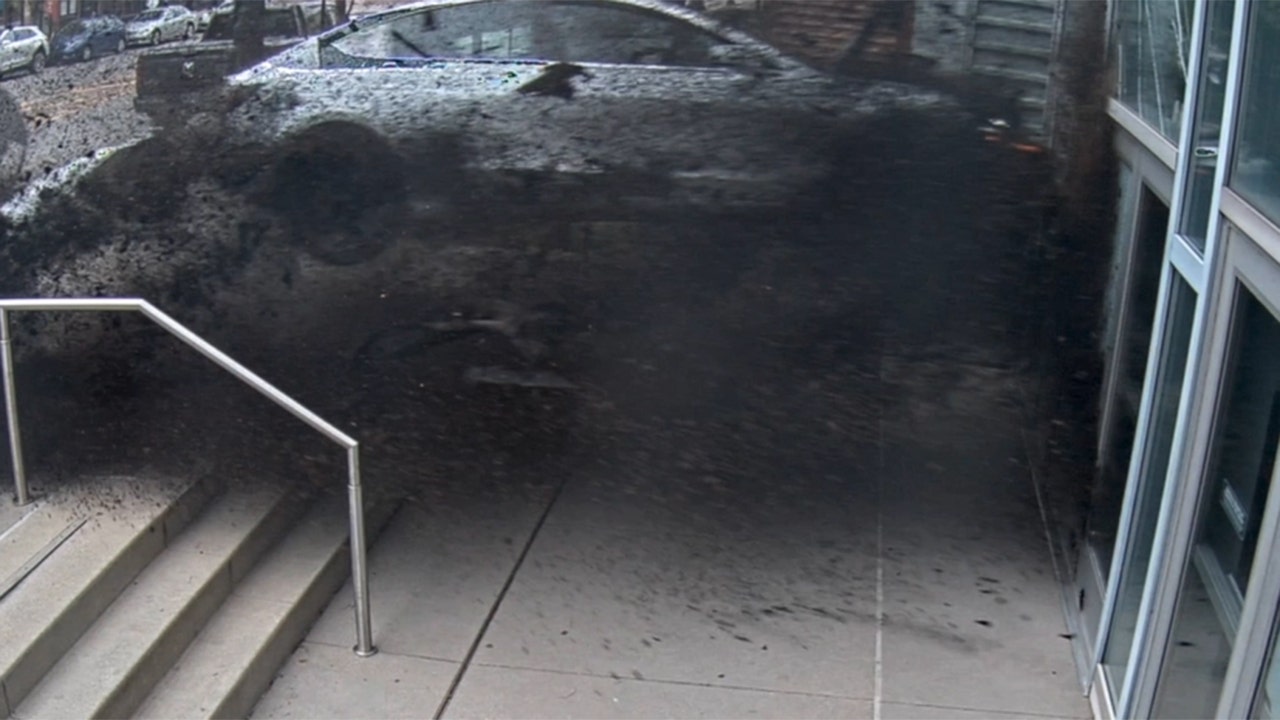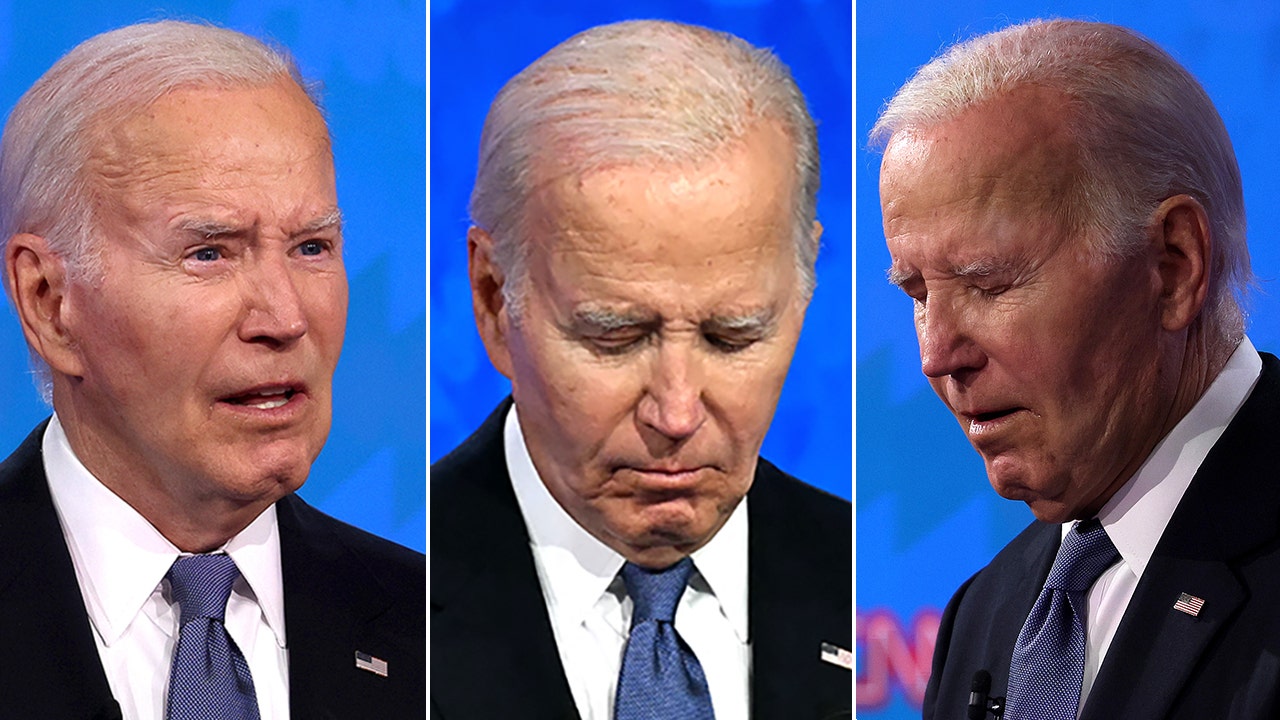As a retired educator and current Anchorage School District School Board member, I try to follow the discussions about education closely. While some issues seem simple, putting plans into action across a large district with more than 40,000 students is always complex, with unexpected outcomes. People with experience that understand the hurdles will often disagree, and thatâs where we try to bring logic and clarity to bear in order to get the most efficiency we can with the best outcomes for students. On this point, a number of statements by our governor leave me confused.
On Friday, Gov. Mike Dunleavy properly thanked and lauded the legislature for moving on education early. It is rare that a bill that includes significant funding is ready for a signature before the end of the session. Decades ago, as a new teacher, I couldnât understand this, because I saw the damage it did. Budgets that start in July have to be mapped out now. Based on that budget, schools are allocated staff for the fall. Principals have to choose which teachers will stay or be involuntarily transferred and build a schedule so that students can begin to be enrolled in classes for the fall. Knowing what the budget is now makes for much more accurate planning, with positive results for students. ASD and other districts across the state have lost good teachers and good programs simply because funding came late. Uncertainty has a real cost.
Education is a big expense, with people passionate about supporting it. That has always created an opportunity for other legislators to hold any increases hostage so they had leverage for the things they cared about. Education funding always became a bargaining point for other things, and that meant it always stayed uncertain until close to adjournment when the whole budget had to be voted on. That the Alaska Legislature put that aside and came to an agreement in February truly is an achievement of legislators understanding the importance of taking action early, and separating education funding from other legislative priorities.
And yet Gov. Dunleavy, while praising this, has completely negated it, making funding a bargaining chip still, and assuring us that nothing will get decided early after all. The governor is asking for some things that many of us see as detrimental to public education.
Yes, weâre proud of the results from our charter schools. Ours are structured differently from any other state in the union, and they have good outcomes. The governor notes this, but wants to change the structure to be more like other states â states where charters arenât having such positive outcomes. I donât understand that.
Gov. Dunleavy wants to incentivize people to become teachers in Alaska. A bonus will do that, but this is not a temporary or local problem. Many teachers recognize that a bonus from the state for three years makes a teaching career even more politicized than it is now. I donât know why anyone would want that.
And he repeats âit canât just be about the BSA (Base Student Allocation),â but the BSA helps your neighborhood schools, it helps charter schools, it helps home school programs offered by many districts, and it helps with teacher retention. It has a positive impact on all the things the governor wants, but he chooses to make it the last thing we can change. I donât understand that.
These issues, and others, are all things the governor can bring to the Legislature in standalone bills and have them be debated and decided, up or down. That is a positive discussion and benefits us all. Iâm not sure why it all has to be in one bill.
There are two ways legislation moves forward. One is when most legislators see something as worthwhile and beneficial, so they deal with it on its merits in a timely way. The other is when you sense a significant number of other legislators value something and you leverage your vote to get their agreement on other things. The governor has clearly chosen the second path, meaning that budgets will continue to be decided by our best guess of the resources that will be coming later, that resources will be funneled to programs based on political whim rather than reason, and that things like continuing programs and class sizes will get decided by discussions behind closed doors.
Instead, we could be moving to rational class sizes and keeping programs fully staffed that the public loves. We know they do, because theyâve taken time to come tell us at School Board meetings, but flying to Juneau to talk about it is out of their range. We need to keep this local.
If you think that all of this has no impact on good teachers staying in the profession, or good students choosing something other than education to begin with, the numbers of people training to be educators or applying for jobs to teach would suggest you are wrong. And if you think that doesnât have an impact on the quality of education in your local classroom, you would also be wrong.
Letâs get funding to the right place and make adjustments for inflation routine. Letâs decide on policy changes by discussion and logic and not by leverage, or starving funding for students in neighborhood schools. Letâs not let inflation carve away at our programs that work until weâre down to bone.
The Legislature has the opportunity in the coming week to assert themselves again and complete their very positive steps by overriding the veto. I hope they will.
Andy Holleman is a 35-year resident of Anchorage, retired from Anchorage School District and a current ASD School Board member, as well as a former president of the Anchorage Education Association.
The views expressed here are the writerâs and are not necessarily endorsed by the Anchorage Daily News, which welcomes a broad range of viewpoints. To submit a piece for consideration, email commentary(at)adn.com. Send submissions shorter than 200 words to letters@adn.com or click here to submit via any web browser. Read our full guidelines for letters and commentaries here.

:quality(70)/cloudfront-us-east-1.images.arcpublishing.com/adn/75LVATWOZZHHJAHLPWYSFLL3HQ.JPG)
:quality(70)/cloudfront-us-east-1.images.arcpublishing.com/adn/B4HY456RDFCC7NNPF7EGXSCF5E.jpg)



























